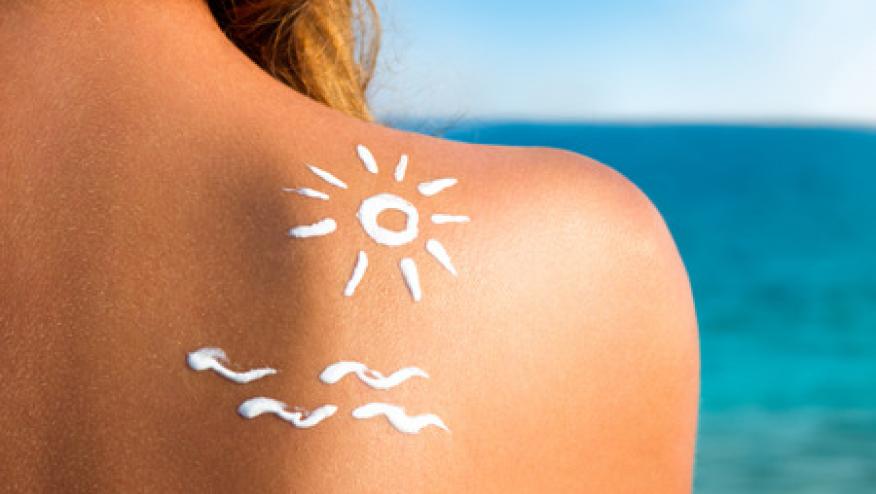Does Sunlight Trigger Lupus? Save

Whether exposure to ultraviolet (UV) radiation from the sun can cause new-onset systemic lupus erythematosus (SLE) wasn't settled by data from a large, long-running epidemiologic study, but the trends indicated that it could.
Participants in the Nurses' Health Study (NHS) I and II who were in the upper third of estimated UV-B exposure had nearly 30% higher rates of incident SLE during follow-up, but this was not statistically significant (HR 1.28, 95% CI 0.96-1.70), reported Medha Barbhaiya, MD, MPH, of the Hospital for Special Surgery in New York City, and colleagues.
Similar numerical increases in risk with high estimated UV-B exposure were seen for specific lupus subtypes and manifestations, such as SLE with photosensitivity or with anti-Ro/La antibodies, which also fell short of statistical significance, they reported in Arthritis Care & Research.
The broad confidence interval likely resulted from the relatively small number of new-onset SLE cases in the study: just 297 out of some 6 million person-years of data. And the study did find one lupus subtype with a statistically significant association with UV-B exposure: SLE with malar rash (HR 1.62 for top versus bottom tertile, 95% CI 1.04-2.52).
"We found no overall association between high UV radiation exposure and risk of overall SLE in these large cohorts of women prospectively followed for many years prior to SLE onset," Barbhaiya and colleagues acknowledged.
"However, cumulative average UV radiation exposure in the highest tertile was associated with non-significant but suggestive increased risk of the subtype of SLE presenting with cutaneous antibodies, including anti-Ro and/or anti-La antibodies, and/or cutaneous involvement, including malar rash (acute cutaneous lupus) and/or photosensitivity, which tend to co-occur, and are biologically plausible," they stated.
Exposure to sunlight was already known to be a risk factor for disease flares in people with established SLE, and excessive photosensitivity is a hallmark of lupus. Among the 297 cases of incident SLE that developed in NHS participants, 58% included photosensitivity. Also, a number of environmental and lifestyle factors are strongly associated with risk for new-onset lupus, including smoking and exposure to silica. Barbhaiya and colleagues reasoned that long-term exposure to strong sunlight might turn out to be one, insofar as UV radiation disrupts keratinocytes in the skin, releasing antigens that could trigger autoimmune attack. The researchers then looked for a dataset equipped to explore the possibility.
The U.S.-based NHS was certainly a strong candidate: It's been running for decades with close to 240,000 participants, mostly women -- SLE primarily affects women -- who completed detailed questionnaires multiple times during follow-up and whose medical records were open for review.
However, new-onset SLE is rare enough that, even with that many participants, there weren't enough cases to be sure whether risk increases in the 30%-50% range were real.
And perhaps a bigger limitation was that participants' UV exposure had to be estimated from their places of residence, i.e., those living in lower latitudes would have greater exposure than those in more northerly locations. Barbhaiya and colleagues did have data (self-reported) on participants' sunscreen use and race, but not on their history of sunburn, how much time they spent outdoors in daylight, nor individuals' skin tone (for which race is an inexact surrogate) that would affect their susceptibility to keratinocyte damage.
For more lupus reports, news and education, visit https://rheumnow.com/topic/autoimmunelupus.







If you are a health practitioner, you may Login/Register to comment.
Due to the nature of these comment forums, only health practitioners are allowed to comment at this time.